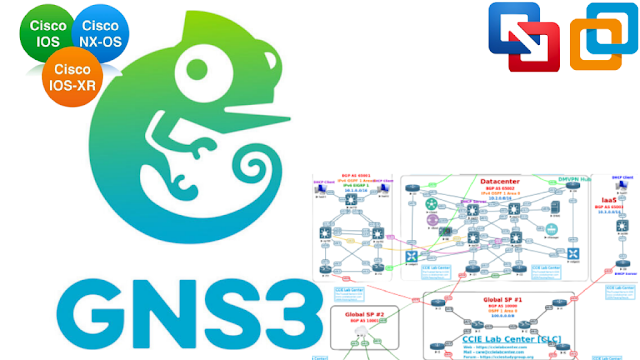Modeling Communication Networks
When simulating a network in a
transaction-oriented framework like Simics, it makes sense to treat each packet
or message as a separate transaction. Packet transfers are handled as a whole,
with no model of the underlying physical transfer any more than there is a
model of the underlying technical clocking and protocol of a memory bus for
memory transactions.
In certain circumstances, packet
structure must be enforced on a continuous-stream network, while in others,
bigger packets than the physical norm are necessary for optimal performance
(e.g., ATM simulation in Simics moves multiple ATM cells in a single simulation
transaction to reduce the simulation overhead per cell). One of the most known
is the eve-ng
lab's download.
In this case, the bytes are carried in
a simulated packet that is sent from the sender to the receivers through the
virtual network. It is feasible to run any protocol atop Simic's networks since
Simics is only concerned with the actual transmission and addressing of network
packets. Simics doesn't use the host machine as a relay for communication
between various distant computers. (This is in contrast to the host-dependent
nature of virtual machines often associated with the information technology
industry, such as VMware or other simulators like Qemu.)
Network
modeling and simulation on a computer
These days, modeling and simulating
networks on computers are integral parts of the study, creation, and
instruction of networks. Students, along with professionals and academics,
often use network simulation tools to further their knowledge of the subject.
Protocol analysis, complicated network deployment, evaluating new services,
prototypes, or architectures, and so on may all benefit greatly from the usage of
network simulation. A network simulator is, in the broadest sense, a black box,



Comments
Post a Comment